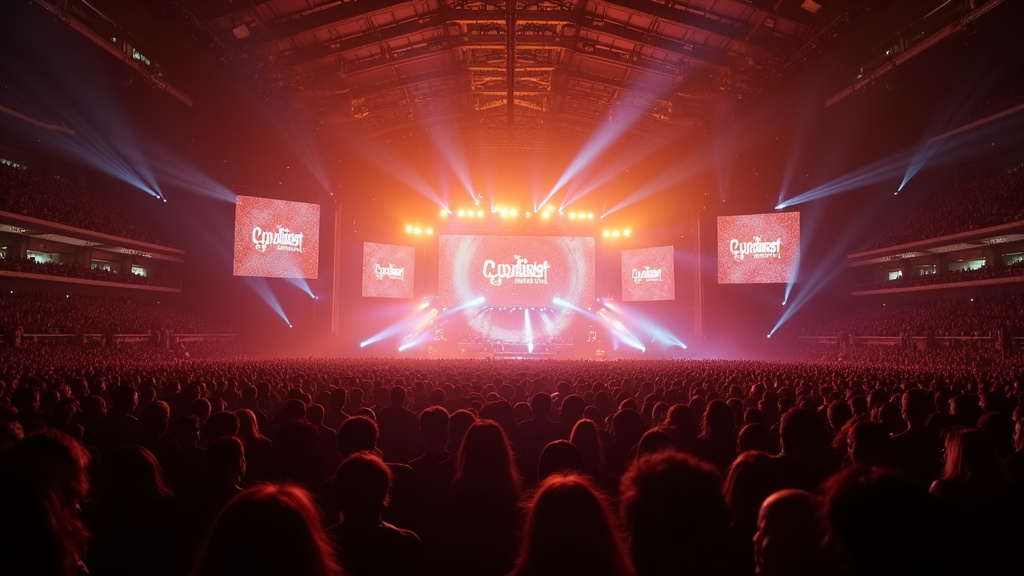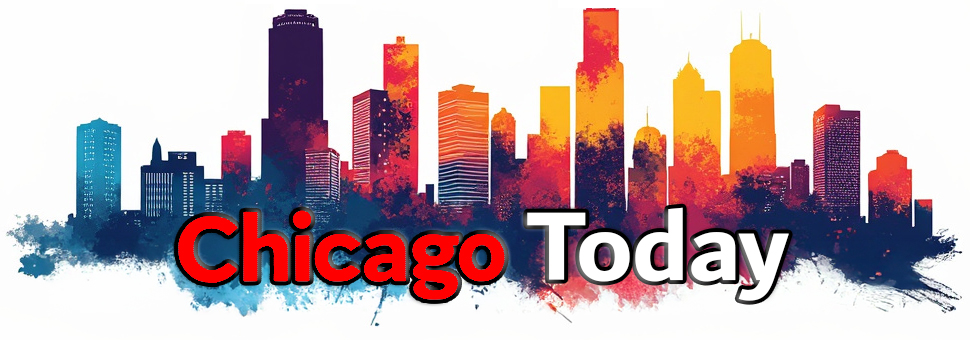Social movements have long been powerful forces for societal change, catalyzing transformations in policies, attitudes, and laws across the globe. From the civil rights movements of the 1960s to today’s climate action campaigns, social movements arise when communities mobilize to address inequalities, demand justice, and advocate for a more equitable world. These movements play a critical role in shaping public discourse, influencing government policies, and changing the social fabric.
In this article, we’ll explore the key drivers, types, and impacts of social movements, and how they continue to shape our world.
1. What Are Social Movements?
Social movements are collective, organized efforts by a group of people to bring about or resist social, political, or cultural change. They are often initiated by individuals or communities who feel marginalized, underrepresented, or oppressed and aim to challenge the status quo to create a more just society. Social movements can be short-lived or span generations, and they frequently rely on various strategies, including protests, petitions, advocacy, and education, to mobilize support.
These movements often emerge at grassroots levels but can grow to influence national and even global conversations, as they attract attention through social media, media coverage, and international solidarity.
2. Key Drivers of Social Movements
a. Inequality and Injustice
One of the primary drivers of social movements is the existence of social, economic, or political inequality. Movements often arise when individuals or communities experience injustices related to race, gender, economic disparity, or lack of access to resources. The fight for equality—whether in wages, voting rights, or legal protection—has inspired movements such as the civil rights movement in the U.S., the anti-apartheid movement in South Africa, and the women’s suffrage movement.
b. Environmental and Climate Concerns
Environmental degradation and the growing threat of climate change have given rise to movements like Fridays for Future, Extinction Rebellion, and the Climate Strike. These movements advocate for urgent action on climate issues, highlighting the need for sustainable practices, conservation, and environmental justice. Climate activists seek to protect vulnerable communities from the impacts of climate change, such as rising sea levels, natural disasters, and health risks from pollution.
c. Technological Advancement and Information Access
The spread of the internet and social media has transformed how movements are organized, communicated, and sustained. Digital activism allows movements to gain momentum quickly and reach global audiences. Hashtags like #BlackLivesMatter and #MeToo have brought widespread attention to issues like racial injustice and sexual harassment, inspiring people to take action. Technology has democratized information access, enabling people to learn about issues affecting others and join in solidarity.
d. Political Ideologies and Power Dynamics
Social movements often arise in response to political systems perceived as unjust, authoritarian, or corrupt. Political movements such as the Arab Spring, Hong Kong protests, and anti-corruption campaigns highlight the desire for democracy, freedom, and transparency. Movements like these aim to challenge established power structures, advocate for fair governance, and promote human rights.
3. Types of Social Movements
a. Reform Movements
Reform movements seek to improve or reform existing systems and institutions. They aim to address specific issues within a society, such as economic inequality, environmental protection, or labor rights. The labor rights movement is an example of a reform movement, as it worked within existing systems to secure fair wages, safe working conditions, and workers’ rights.
b. Revolutionary Movements
Revolutionary movements seek radical change by replacing existing social, political, or economic systems with new ones. These movements often emerge in response to deep-seated oppression or corruption. The American Revolution and the French Revolution are historical examples of revolutionary movements, as they sought to overthrow ruling powers and create new systems based on freedom, equality, and democracy.
c. Resistance Movements
Resistance movements arise in opposition to external forces or occupation, and they often seek to preserve cultural identity, autonomy, or sovereignty. Examples include the Indian independence movement against British colonial rule and the Palestinian resistance movement. These movements typically rely on both peaceful protests and, in some cases, active resistance to assert their right to self-determination.
d. New Social Movements (NSMs)
New Social Movements focus on issues related to identity, personal rights, and lifestyle. Unlike traditional movements, which may center on economic or political change, NSMs are concerned with cultural issues such as gender equality, LGBTQ+ rights, and environmentalism. Examples include the LGBTQ+ rights movement and feminist movements that focus on identity, social values, and inclusivity.
4. Impact of Social Movements on Society
a. Policy Change and Legal Reforms
Social movements often lead to significant policy changes and legal reforms. The civil rights movement in the United States, for example, contributed to the Civil Rights Act of 1964 and the Voting Rights Act of 1965, which prohibited racial discrimination. Similarly, the women’s rights movement paved the way for equal pay legislation and anti-discrimination laws, shaping the legal landscape to better protect women in the workplace.
b. Shifting Public Attitudes and Social Norms
Social movements have a profound impact on cultural and social norms. For instance, the LGBTQ+ rights movement has shifted public opinion on issues like same-sex marriage, leading to its legalization in multiple countries. Likewise, the #MeToo movement has raised awareness of sexual harassment and abuse, transforming workplace policies and making gender equality a priority in corporate cultures.
c. Economic Redistribution and Workers’ Rights
Economic inequality has been a central issue for many social movements, leading to reforms that benefit working-class populations. Movements such as the labor rights movement and living wage campaigns have pressured governments to implement minimum wage laws, labor protections, and social welfare programs. These movements aim to close the income gap, ensuring fair treatment and economic security for all workers.
d. Increased Awareness and Education
Social movements raise awareness and educate the public about pressing issues. The climate change movement, for example, has successfully informed people about the consequences of carbon emissions, encouraging eco-friendly lifestyles and pushing governments toward sustainable policies. Educational campaigns are often central to social movements, as they equip individuals with the knowledge to advocate for change.
5. Role of Technology in Modern Social Movements
Technology, especially social media, has revolutionized the way social movements operate. Platforms like Twitter, Facebook, and Instagram allow activists to reach a global audience instantly, share real-time information, and amplify their messages. Digital activism and hashtags like #BlackLivesMatter, #MeToo, and #ClimateAction have created online communities, sparking discussions and mobilizing support worldwide.
Social media also enables movements to bypass traditional media, democratizing information sharing and challenging mainstream narratives. Technology has made it easier to organize protests, track social issues, and connect people from different backgrounds, strengthening solidarity and collaboration.
6. Challenges Faced by Social Movements
a. Government Suppression and Censorship
Many governments view social movements as threats to the status quo and respond with censorship, surveillance, or even violence. Activists and protesters often face arrest, intimidation, and repression, particularly in countries with authoritarian regimes. The risk of suppression can hinder social movements, making it difficult to mobilize and communicate.
b. Internal Divisions and Fragmentation
Social movements are often made up of diverse groups with different goals, strategies, and priorities. Disagreements within a movement can lead to fragmentation, weakening its overall impact. Effective social movements must find ways to unify diverse perspectives while maintaining a common vision for change.
c. Misinformation and Polarization
The internet can be a double-edged sword for social movements, as misinformation can spread quickly. False narratives can discredit movements, distort public perception, and cause confusion. Managing information and countering misinformation has become essential for social movements to maintain credibility and trust.
7. Future of Social Movements
Social movements are likely to continue evolving, leveraging technology and new forms of activism to adapt to changing social and political landscapes. The next generation of social movements may emphasize intersectionality, recognizing the interconnectedness of various issues like race, gender, environment, and economic inequality. Climate justice, for example, connects environmental activism with social justice, highlighting how climate change disproportionately affects marginalized communities.
Emerging technologies such as AI, blockchain, and virtual reality may offer new tools for organizing and advocating for change, allowing social movements to reach even wider audiences and operate more effectively. As the world becomes more interconnected, social movements will likely play an increasingly prominent role in shaping a fairer, more inclusive society.











